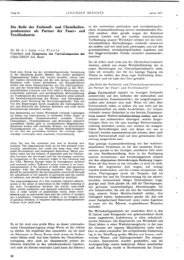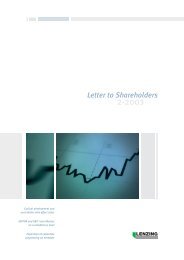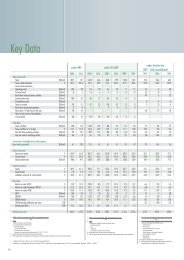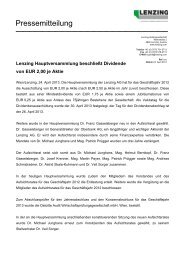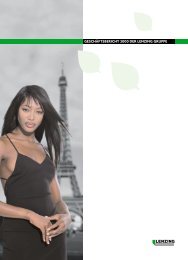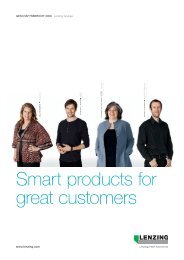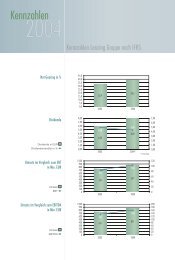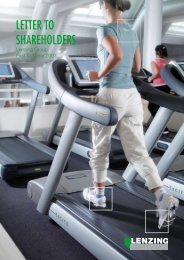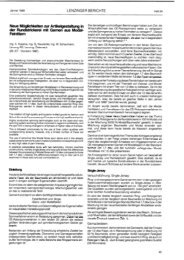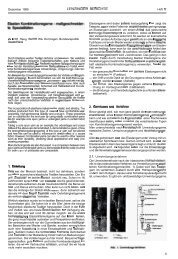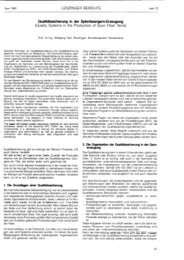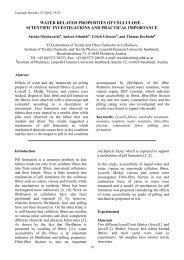irradiation of dissolving pulp by electron beams - Lenzing
irradiation of dissolving pulp by electron beams - Lenzing
irradiation of dissolving pulp by electron beams - Lenzing
Create successful ePaper yourself
Turn your PDF publications into a flip-book with our unique Google optimized e-Paper software.
In a wide range <strong>of</strong> CS2 input (36% to 26%<br />
calculated on a-cellulose) and AR from 0.60<br />
down to 0.47 no significant differente in viscose<br />
quality between the irradiated samples and the<br />
conventionally pre-aged <strong>pulp</strong> was observed.<br />
Upon increase <strong>of</strong> the cellulose content up to<br />
115.7% <strong>of</strong> Standard, no benefit was observed <strong>by</strong><br />
using irradiated <strong>pulp</strong>. Only in case <strong>of</strong> a drastic<br />
reduct-ion <strong>of</strong> the input chemicals down to 22%<br />
CS; and AR 0.5 the irradiated <strong>pulp</strong> gave a better<br />
viscose quality than the reference <strong>pulp</strong> under the<br />
same conditions (Figures 5 and 6). The same<br />
trials iperformed at the 2kg Pilot plant did not<br />
show any statistical differente between irradiated<br />
and conventionally pre-aged <strong>pulp</strong> (Table 2).<br />
B~JW&KLS. There seems to be a slight tendency<br />
to lower trithiocarbonate formation in the viscose<br />
made from the irradiated <strong>pulp</strong>.<br />
Fibre properties. Viscose <strong>of</strong> reduced CS2 content<br />
showed good spinning properties, the spinning<br />
conditions were not optimized. Tenacity and<br />
elonga.tion were not significantly influenced <strong>by</strong><br />
the use <strong>of</strong> irradiated <strong>pulp</strong>, the tendency is slightly<br />
better for aged <strong>pulp</strong>.<br />
Tenacity and elongation were significantly<br />
impaired <strong>by</strong> the reduction <strong>of</strong> CS2 Charge using<br />
Standard spinning conditions (Figure 7).<br />
69<br />
Brightness and yellowing <strong>of</strong> fibres were<br />
nega.tively influenced <strong>by</strong> both the use <strong>of</strong><br />
irrad.iated <strong>pulp</strong> and the reduction <strong>of</strong> CS2 Charge<br />
(Figure 8).<br />
Table 2. Results <strong>of</strong> trials at a Pilot plant [averagehange].<br />
conventional irradiated<br />
CS2 l%l Std. 22 Std. 22<br />
Alkali ratio Std. 0.5 Std. 0.5<br />
unfiltered viscose<br />
Filter value, PVC 452 252 393 1156 335 /IO3<br />
125 1167<br />
Filter value, 77 144 230 117169 123 139<br />
KWP 1230<br />
Total particle 12.4 28.3 18.6/17.1 22.1 /3.2<br />
volume [ppm] 17.8 140.0<br />
Time for 43 78 60 70<br />
filtration, min.<br />
viscose spinning dope<br />
Filter value, PVC 528 233 528 134 439 132<br />
/186 /121<br />
Filter value, 26112 47116 40115 43 145<br />
KWP<br />
Total particle 1.2 2.5 1.4 IO.5 1.3 IO.3<br />
volume [ppm] IO.6 11.8<br />
Ball fall [sec] 49 83 60 93<br />
Ripening ind., “H 14.7 6.5 15.9 7.8<br />
aged Standard irradiated aged 22% CS2; AR irradiated 22%<br />
Standard 0.5 CS2; AR 0.5<br />
Figure 7. Tenacity and elongation <strong>of</strong> fibers at standarcl spinning conditions (Pilot plant trials).



